The ancient caves of Dunhuang, nestled along the Silk Road in China's Gansu province, hold within their walls a treasure trove of Buddhist art spanning over a millennium. Among the most captivating figures gracing these murals is the Nine-Colored Deer, a mythical creature whose story transcends time and continues to resonate with modern audiences. This luminous being, often depicted with a coat radiating hues of blue, green, red, and gold, represents far more than a beautiful artistic motif—it embodies the very essence of Buddhist compassion and the karmic consequences of human actions.
Scholars trace the origins of the Nine-Colored Deer story to the Jātaka tales, a collection of stories about the Buddha's previous lives. The most famous version appears in Cave 257 of the Mogao Grottoes, where a magnificent mural from the Northern Wei Dynasty (386-534 AD) depicts the complete narrative. The tale follows a radiant deer who rescues a drowning man, only to have the ungrateful survivor betray the creature's whereabouts to a king seeking the magical animal for its precious pelt. When confronted, the deer's eloquent speech about morality shames both the traitor and the king into repentance.
What makes the Nine-Colored Deer particularly fascinating is its dual nature as both a supernatural being and a moral compass. Unlike the ferocious mythical creatures often depicted in other traditions, this Buddhist benevolent beast possesses an aura of serene authority. Art historians note how the Dunhuang painters skillfully used color symbolism—the nine colors representing various Buddhist virtues—while the deer's graceful posture and direct gaze create an immediate emotional connection with viewers. The creature's white belly, often shown facing the viewer in murals, symbolizes purity of intention, while its multi-hued back suggests the rainbow-like qualities of enlightenment.
The cultural significance of this imagery extends beyond religious instruction. During the Tang Dynasty (618-907 AD), when Dunhuang flourished as a cosmopolitan hub, the Nine-Colored Deer motif began appearing on silk banners and ceremonial objects. This reflects how the story transitioned from a monastic teaching tool to a broader cultural symbol of integrity. Contemporary researchers have found parallels between the deer's selfless actions and Confucian ideals of ren (benevolence), suggesting the artwork served as a bridge between different philosophical traditions along the Silk Road.
Modern conservation efforts at Dunhuang have revealed surprising technical aspects of these ancient paintings. Using advanced imaging technology, scientists discovered that the "nine colors" were achieved through sophisticated layering of mineral pigments—azurite for blue, malachite for green, and cinnabar for red—mixed with binding agents that have preserved their brilliance for centuries. The deer's eyes often contain tiny flecks of gold leaf, causing them to appear alive when illuminated by flickering oil lamps in the caves' dim interiors.
The story's enduring relevance was demonstrated when China's Shanghai Animation Film Studio adapted it into an award-winning 1981 animated film, introducing the tale to new generations. This modern retelling stayed remarkably faithful to the mural's visual style, its color palette directly inspired by the Mogao pigments. Today, the Nine-Colored Deer appears everywhere from Chinese postage stamps to environmental campaign mascots, proving how ancient Buddhist wisdom continues to find new expressions.
As climate change threatens the fragile ecosystem surrounding the Dunhuang caves, the Nine-Colored Deer has taken on additional symbolism. Environmentalists draw parallels between the story's message of harmonious coexistence and contemporary conservation needs. The deer's mythical ability to bring forth springs of water in some story versions particularly resonates in this arid region where water scarcity looms large.
Recent scholarship has uncovered fascinating connections between the Dunhuang Nine-Colored Deer and similar benevolent animal deities in other cultures. The compassionate stag appears in Persian miniatures, while Tibetan thangkas feature the green Tara riding a deer-like creature. These artistic echoes testify to the extensive cultural exchanges along the Silk Roads, where Buddhist iconography absorbed and reinterpreted elements from multiple traditions.
For visitors to the Mogao Grottoes today, encountering the Nine-Colored Deer mural remains a profound experience. The way sunlight filters into Cave 257 at certain hours, causing the deer's colors to shift subtly, creates an almost mystical effect. This interplay of natural light and ancient pigments seems to breathe life into the 1,500-year-old artwork, allowing the benevolent spirit of the Nine-Colored Deer to continue its timeless work of teaching compassion through beauty.

By /Jul 16, 2025

By /Jul 16, 2025
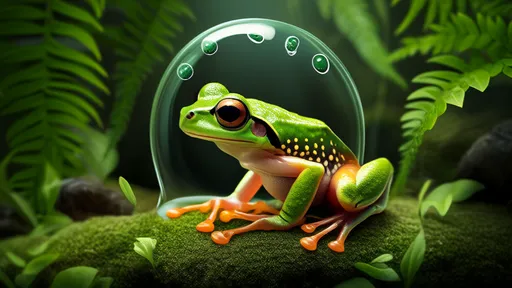
By /Jul 16, 2025
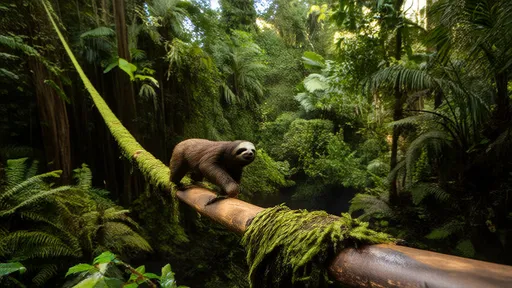
By /Jul 16, 2025
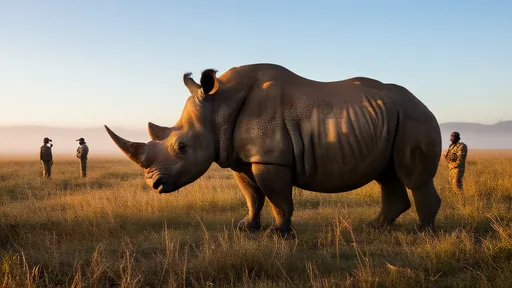
By /Jul 16, 2025

By /Jul 16, 2025
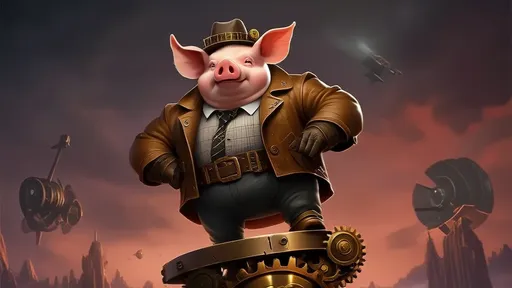
By /Jul 16, 2025
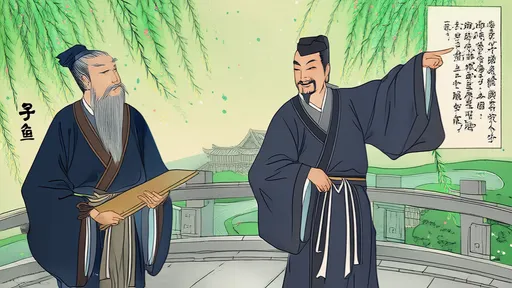
By /Jul 16, 2025
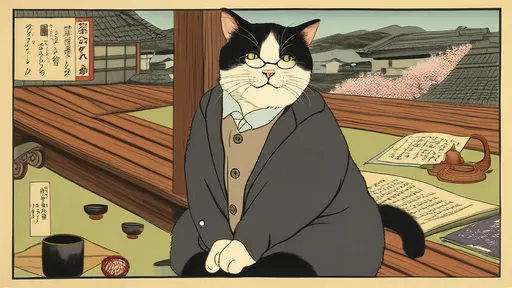
By /Jul 16, 2025
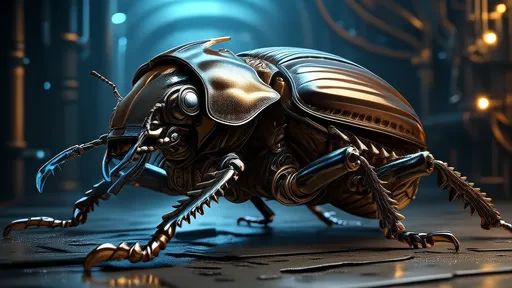
By /Jul 16, 2025
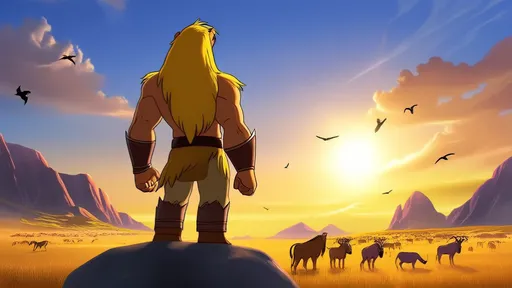
By /Jul 16, 2025
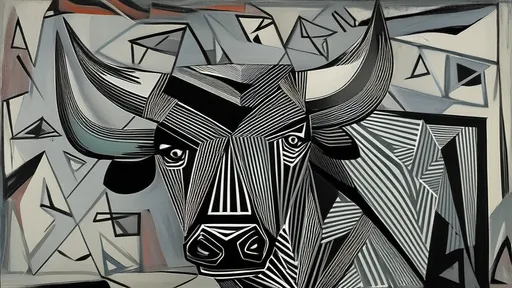
By /Jul 16, 2025
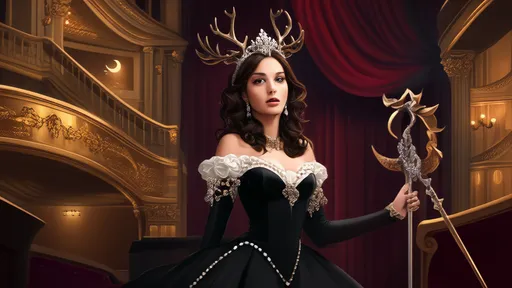
By /Jul 16, 2025
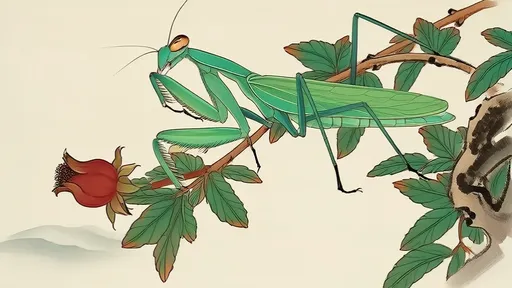
By /Jul 16, 2025
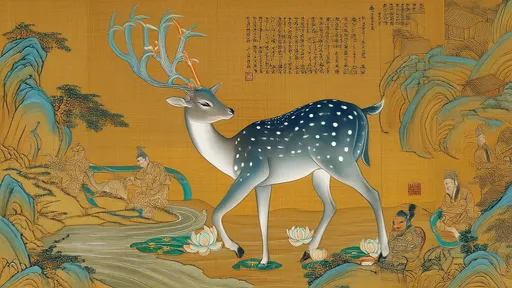
By /Jul 16, 2025
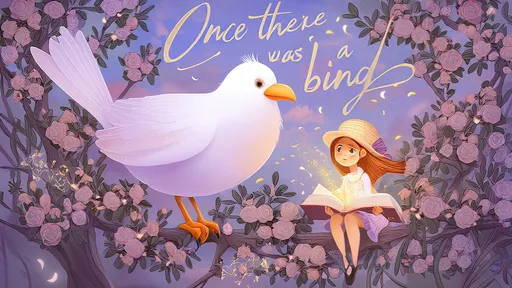
By /Jul 16, 2025

By /Jul 16, 2025
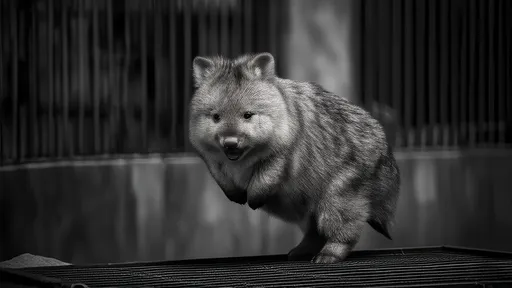
By /Jul 16, 2025
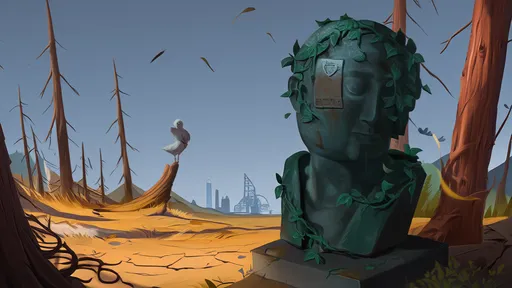
By /Jul 16, 2025

By /Jul 16, 2025